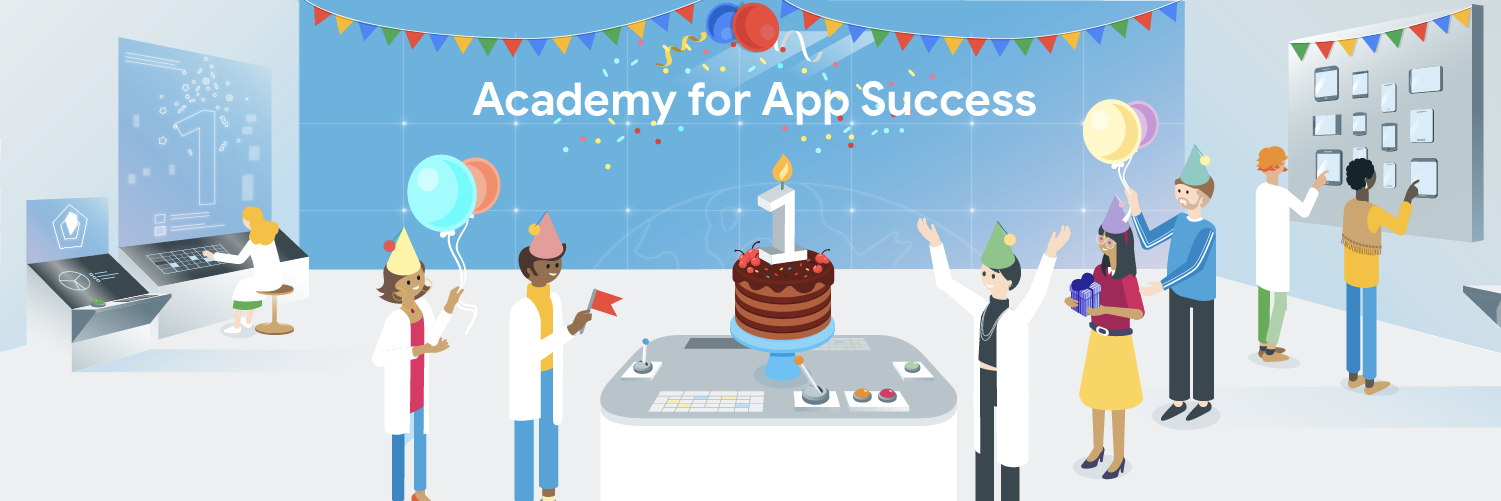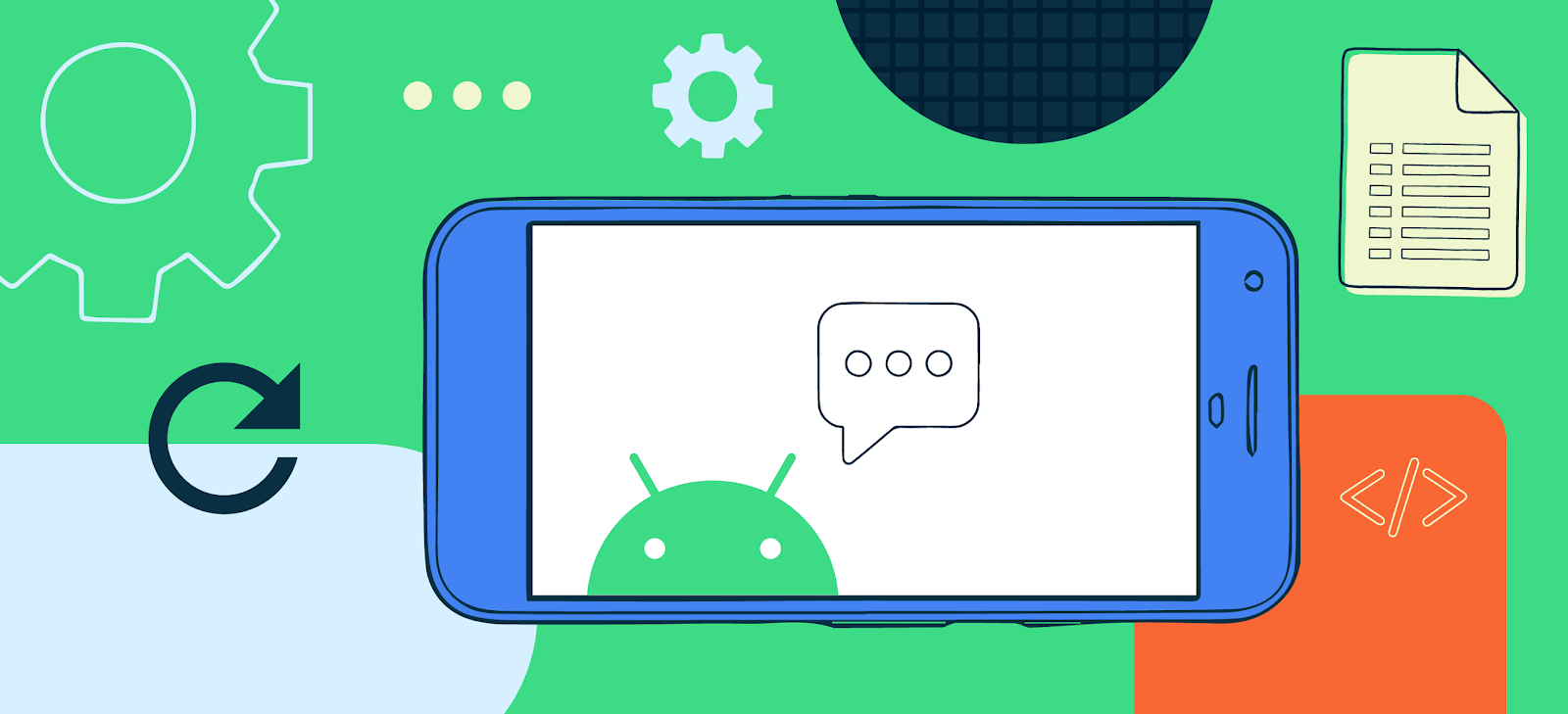
Modern Android Development today
Perhaps as a consequence of Android's flexibility, we often get asked by developers what does the Android team recommend when it comes to building apps? You’ve told us: you love our openness..but you’d also love us to marry it with an opinion about the right way to do things. And, to make sure the right way is also the easiest way. And so today, at the Android Dev Summit, the team wanted to answer that question for you.
We call our recommendation “modern Android development". Opinionated and powerful, for fast, easy development. Taking away everything that slows you down so you can focus on building incredible experiences. You can see it in the investments we’ve made like creating Android Studio and Jetpack. (Over 90% of our pro developers are using Android Studio today.) Kotlin and Compose are especially great recent examples. Kotlin is a modern, concise language -- something you asked us for and is now the recommended language for Android. Compose is a modern declarative UI toolkit built for the next 10 years. And this might sound a little strange, but we chose and designed these tools to be enjoyable to use: we think that’s important too. Both Kotlin and Compose also have a critically important property. They are designed to be compatible with your existing apps. This means you can phase in Kotlin code and Compose views on your timeline.
It all starts with a great modern language: Kotlin
Modern Android starts with fantastic language support.In fact, we recently passed a milestone where almost 60% of our top 1000 apps are using Kotlin. And we’re working with JetBrains to make it even better: faster kotlin compile speeds, incremental annotation processing with KAPT, better IDE typing latency, more lint checks, desugaring in D8 and R8, new optimizations in R8 that are aware of Kotlin-specific bytecode patterns. And we’re releasing full IDE support for Kotlin build scripts today. If you want to grow your skills, we are launching an Advanced Android course with Kotlin on Udacity. And, for those who are already experts, we’re also launching a new Android Developer Certification in Kotlin, available at a discount for the next three months. We’re working to make all of our supported first-class languages — Kotlin, the Java programming language, and C++ — better for you and your team, with Java8 library desugaring, NDK r21 with updated LLVM, GNU Make, Fortify enabled by default, and more.
Jetpack: Build high quality, powerful apps with less code
Jetpack is designed to solve real-world problems you face every day, and is used by over 84% of the top 10,000 Play Store apps. And we continue to make Jetpack even more helpful:
- Benchmarking, first announced at Google I/O, is now available as a release candidate. This library makes it easier to measure the performance of your app with confidence.
- Viewbinding is an easier way to access Views from your code. It is a type-safe solution with minimal build-time impact, no more findViewById(), no more annotation processors.
- CameraX simplifies the development experience and lets you focus on your app instead by addressing the differences between the many devices in the Android ecosystem, like Samsung, Xiaomi, Oppo, Motorola, LG who are already unifying behind CameraX. Previewed at Google I/O, CameraX will be available in Beta in December.
Compose: Android’s new UI toolkit to build beautiful, native apps, now in developer preview
Compose makes it easy to build beautiful, native apps. It provides a declarative way to build UIs which makes your code more intuitive and concise. Inspired by Kotlin, you can adopt Compose at your own pace thanks to seamless compatibility with the existing UI toolkit.
Today we are releasing the Jetpack Compose Developer Preview. All you need to do is download the latest Preview build of Android Studio. Compose is being developed completely in the open, in AOSP. The continuous feedback we receive has led to many API improvements and we want to thank you for providing feedback in our developer studies and the Kotlinlang Slack group. As we enter developer preview, we need even more feedback as we work towards bringing Jetpack Compose to beta next year and ready for use in production apps.
Android Studio 4.0 Canary
Today we also released the first canary of Android Studio 4.0 - built hand in hand with Compose for powerful, integrated tooling support. Android Studio 4.0 includes Compose Live Preview, Code Completion, and a full sample of a Compose app. You’ll also find the new Motion Editor, Java 8 Language library desugaring, full support for KTS files, Kotlin live templates, and more.
Android App Bundles and dynamic delivery testing improvements
In just eighteen months after launch, over 270K Android App Bundles are now in production covering 25% of all active installs. Based on your feedback, we’re making App Bundles and Dynamic Delivery much easier to test. Internal app sharing lets you share test builds of your app bundle as easily as you share APKs. You can now grant anyone in the team ability to upload artifacts. You don’t need to sign test versions with your production app signing key, you don’t need to use version codes, and you can upload debuggable artifacts. We’re also making it possible to get download links for old versions of your app from the Play Console, whether they’re app bundles or APKs. And starting today, we’re launching offline testing of dynamic delivery with the fake split install manager so can replicate splits being installed by the Play Store while testing locally.
A modern distribution platform, centered around user trust
User trust and safety has always been a top priority at Google Play, with human reviewers, constant improvements to play protect, and policy updates to evolve with the threats we see. As a result, apps that are installed from Google Play are an order of magnitude safer than from any other source. This year, we’ve been increasing all our detection capabilities for impersonators, repackaging, bad content and other forms of abuse, but we know there's more we can do, and the threats are constantly changing. With your help, we’ve reduced access to sensitive data and have made Play even safer for children and families. We restricted SMS/Call log permissions to only apps that need them as part of their core functionality, and as a result 98% fewer apps access this sensitive data. Thanks to your hard work, users are safer, and know they are safer when they download apps that request fewer permissions.
The Android Developer Challenge!
Over ten years ago, we announced the first Android Developer Challenge. Today, modern Android is shaping the next generation platform. So it seems kind of fitting to announce: the Android Developer Challenge is back! The first Developer Challenge we’re announcing is Helpful Innovation and Machine Learning. Take Live Captions: for the almost 500 million people who are deaf and hard of hearing, Live Captions bring content to life and is exactly the type of machine learning-powered innovation we expect to see more of someday, and with your help we can turn someday into today. You can read more about the challenge here.
So - that’s a quick tour of Modern Android and the road ahead across our developer experience! Whether you’re joining us for Android Dev Summit in person or on the livestream, we have nearly 60 sessions from over 100 speakers where we’ll go deep on everything you need to know about Android. Thank you!

 Posted by Iliyan Malchev, Project Treble Architect
Posted by Iliyan Malchev, Project Treble Architect










 Posted by Dan Albert, Android NDK Tech Lead
Posted by Dan Albert, Android NDK Tech Lead

 Posted by The #AndroidDevSummit team
Posted by The #AndroidDevSummit team


